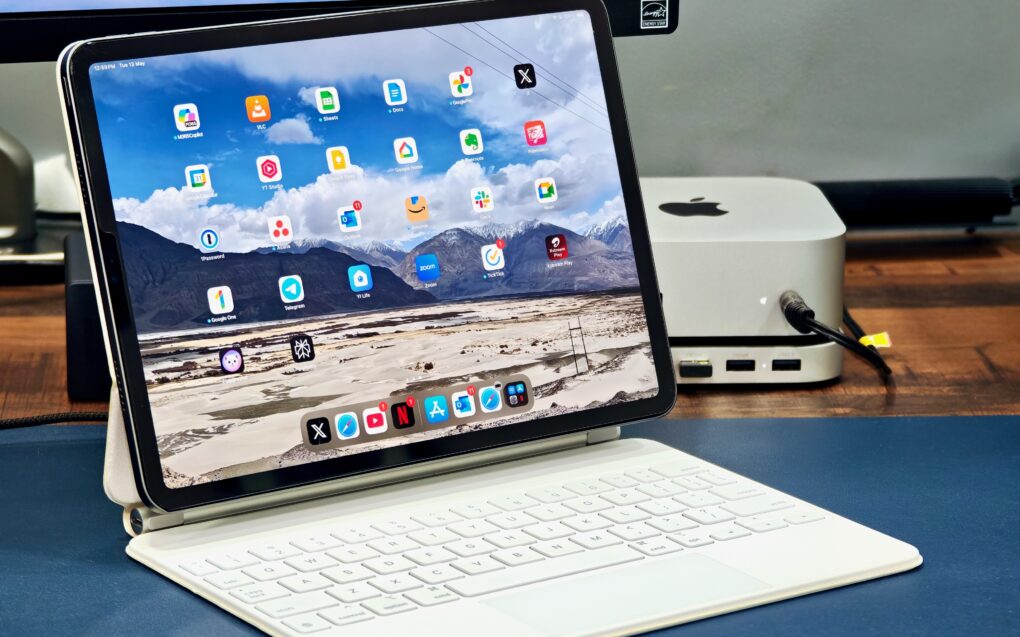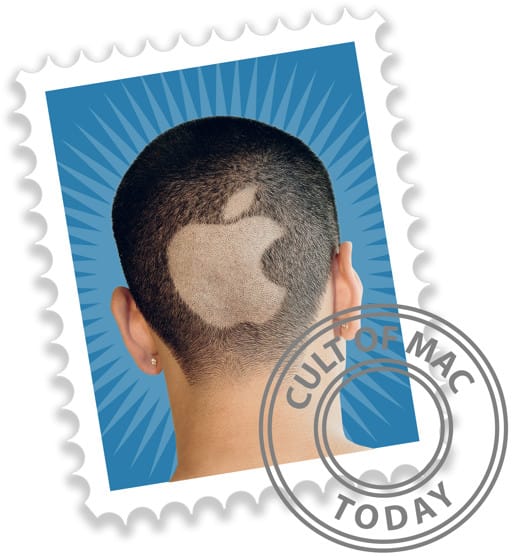Rumors point to iPadOS 19 blurring the line between the iPad and Mac. With Apple reportedly focusing on “productivity, multitasking and app window management,” we put together a very specific iPadOS 19 wish list for features that could unlock the full potential of Apple’s tablets.
With WWDC25 just around the corner, here’s what we want to see in iPadOS 19.
iPadOS 19 features wish list
In many ways, iPadOS 17 was the last major upgrade for the iPad’s operating system. It improved Stage Manager‘s multitasking capabilities, added Lock Screen customization, etc. Last year’s iPadOS 18 was comparatively light on changes, bringing no notable multitasking improvements.
Leaks point to this year being different, with Apple focusing on delivering a more Mac-like experience with iPadOS 19.
For years, Apple sold the notion of the iPad as an on-the-go productivity machine. But beyond a narrow range of tasks, the device consistently falls short, especially in multitasking. Due to a series of frustrating limitations, iPadOS mostly fails to live up to the tablet’s impressive hardware (especially on the iPad Pro).
With iPadOS 19 shaping up as a major upgrade, here’s everything we hope Apple brings to its next big iPadOS release.
Table of contents: iPadOS 19 features wish list
- True multi-user support
- Pro-level external monitor support
- Smarter clipboard
- Xcode for iPad
- True background multitasking
- iPadOS 19 needs to deliver big time
1. True multi-user support
An iPad doesn’t require the same level of personal ownership as an iPhone. In many families, kids and parents share Apple tablets. Given this reality, Apple should have added multi-user support to iPadOS a long time ago. But that hasn’t happened yet.
With the company looking to make iPadOS 19 more like a Mac, it should add multi-user support. This would enable better sharing of an iPad between family members, ensuring separate app installs and data. My nephew loves Talking Tom, so my M1 iPad Pro carries a dozen versions of the game I never asked for and don’t even play.
Without dedicated user profiles, everyone shares the same Home Screen, app data and browser history. On several occasions, my nephew ended up opening Outlook and archiving important emails in my inbox. macOS and even tvOS support user profiles, so there’s almost no solid reason that the iPad still lacks this feature.
Apple could leverage Face ID on the iPad to deliver a seamless multi-user experience in iPadOS 19. Imagine picking up an iPad and instantly being taken to your personalized profile the moment Face ID recognizes you. Later, when your wife picks it up, iPadOS 19 seamlessly switches to her profile — complete with her apps, settings and preferences.
2. Pro-level external monitor support with a better Stage Manager experience
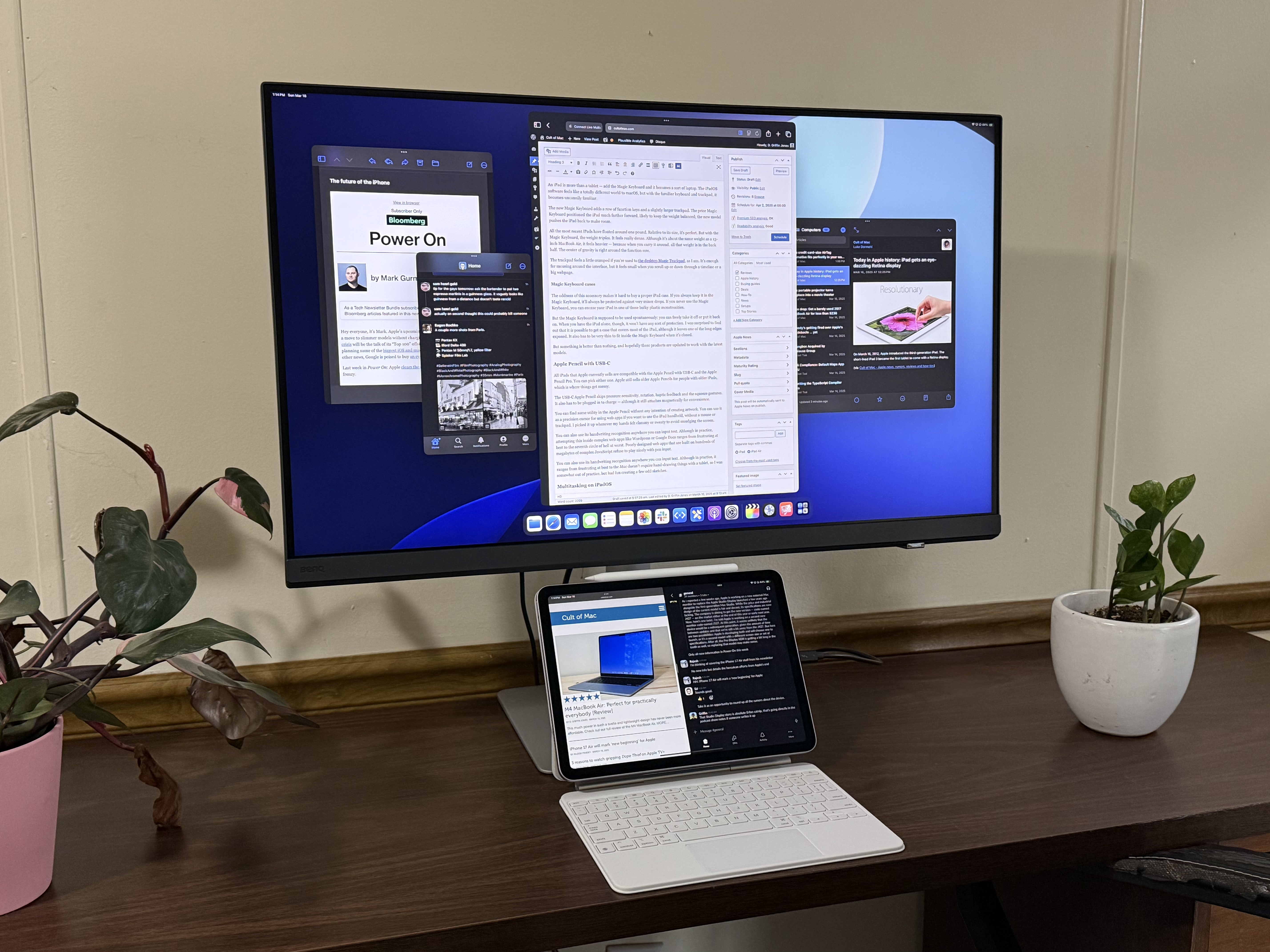
Photo: D. Griffin Jones/Cult of Mac
Newer iPad Pros can drive external monitors (up to 6K) over USB-C with ease. However, Apple’s approach to external monitor support on the iPad falls short of the flexibility offered by macOS. You can either mirror the iPad’s display or use it as a secondary monitor.
With the latter option, the iPad automatically enables Stage Manager for the external display. There’s no way to use an external monitor as an extended display. So, your primary app will take the center, with a sidebar on the left showing the currently open and recently used apps. The bottom shows a dock providing quick access to your favorite apps.
Entering full-screen mode in an app automatically hides both the sidebar and the bottom dock. You can bring up the former by swiping from the left edge of the screen. But to view the dock again, you must exit full-screen mode or use the Globe + A keyboard shortcut. This unwanted step can hinder you when you want to switch between apps quickly.
The Stage Manager experience on the iPad is also not the same as on a Mac. On macOS, Stage Manager provides full flexibility for window resizing and works well with external monitors. On the iPad, you get limited preset sizes for app windows, with Stage Manager almost mandatory for external displays.
With iPadOS 19, Apple should enhance the multitasking experience. A leak indicates iPadOS 19 could add a Mac-like menu bar, though the UI element supposedly will appear only when the device is connected to an Apple Magic Keyboard.
If iPadOS 19 adopts the Mac’s signature red, yellow and green buttons, it could enable you to quickly close, minimize or expand app windows with ease. It should also drop the Stage Manager requirement for external displays or improve the feature to provide greater flexibility when multitasking.
3. Smarter clipboard
Clipboard support on iPadOS couldn’t be more basic — you copy something, switch apps and paste. That’s the extent of it. On my Mac, I heavily use a clipboard manager, so it’s disappointing that a device as powerful as the iPad offers such a stripped-down clipboard experience.
With iPadOS 19, Apple should pave the way for clipboard manager apps to hit the iPad’s App Store. This would enable the iPad to store up to “x” number of copied items in history. Imagine coding or writing an email with a document as a reference; gaining access to a clipboard history will help you save time and improve multitasking across apps. While this feature on our iPad OS wish list might seem minor, it could dramatically speed up your workflow.
It feels hard to call the iPad Pro a pro device when it lacks such a fundamental feature.
4. Xcode for iPad
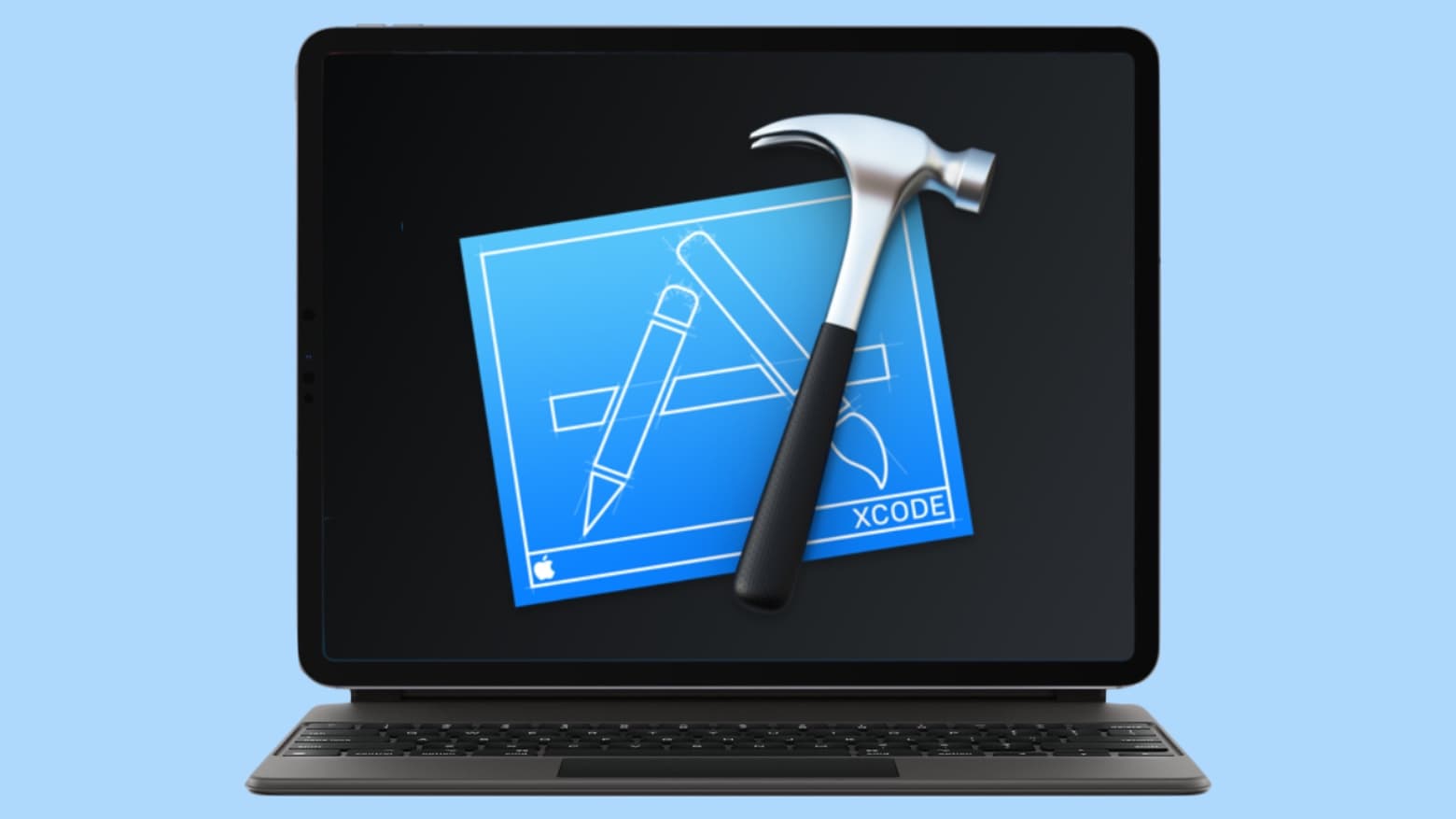
Photo: Cult of Mac
Apple launched Final Cut Pro for iPad, a tablet version of its high-end Mac video editing app, in 2023. In the two years since, Final Cut for iPad received several updates to make it even more powerful. However, it remains Apple’s only pro Mac app on the iPad. There’s no point in the iPad Pro featuring an M4 chip if there are not enough apps that can utilize it fully.
With iPadOS 19, Apple should lay the groundwork for bringing more of its Pro apps to the iPad, including Xcode. The iPad packs enough power to compile and run apps, leaving no technical barrier to bringing Xcode to the platform. With Apple reportedly teaming up with Anthropic for AI coding, Xcode on the iPad could use generative AI to make coding more efficient.
Xcode on the iPad would enable developers, students and tinkerers to build on the go. Imagine writing, testing and deploying apps directly from an iPad without touching a Mac. That level of flexibility could make the iPad a far more compelling device for creators and coders alike.
5. True background multitasking
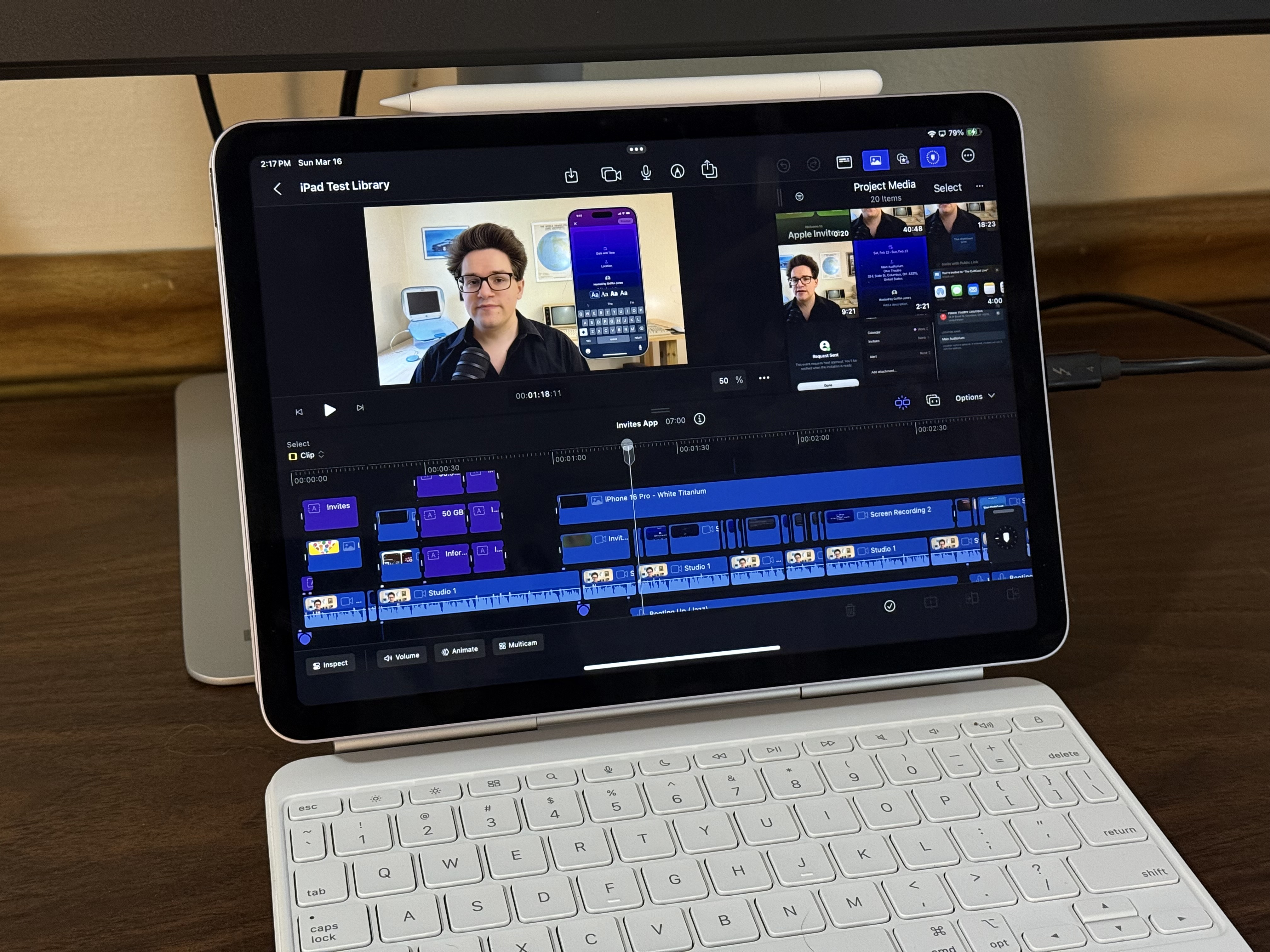
Photo: D. Griffin Jones/Cult of Mac
Aside from pro apps, Apple should add true background multitasking capabilities to iPadOS 19. Admittedly, this would entail a hit to battery life. But iPadOS needs this change to deliver an experience similar to macOS.
On your Mac, video renders or image exports don’t stop when you switch to another app. That’s not the case with iPadOS right now. For example, Final Cut Pro will stop a video export if you switch away. Likewise, you cannot switch to any other app when exporting hundreds of pictures on the iPad.
This limitation undermines the iPad’s multitasking potential and seriously holds the device back.
Apple could limit background multitasking to a select few apps, ensuring developers don’t take undue advantage. Otherwise, there’s always a risk of poorly coded apps running in the background and draining your iPad’s battery.
iPadOS 19 wish list: Apple needs to deliver big time
iPadOS has long been the bottleneck for the iPad’s powerful hardware. Despite packing laptop-class chips like the M1, M2 and now the M4, the iPad still doesn’t offer the kind of flexibility or multitasking freedom that power users expect.
With iPadOS 19, it’s time for Apple to finally end these software limitations and allow the iPad to live up to its full potential. The features on this list would go a long way to achieving that lofty goal.
